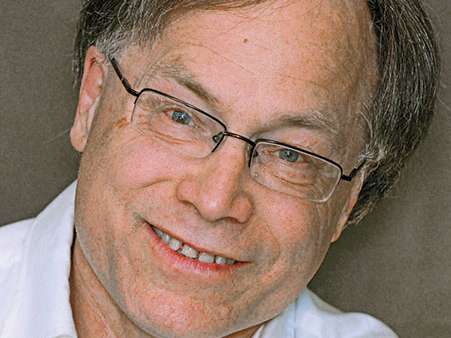Here is an update on the Northern Growth Plan. The population of Northern Ontario in 1991 was 822,000. Twenty years later almost 30,000 Northerners had disappeared. The population had fallen to 775,000.
Ontario’s Ministry of Finance expected a population of 803,000 in 2011.
They overestimated by 28,000. Then they went on to predict that the population would grow by another 6,400 over the next 25 years. They’re probably wrong about that, too.
Population numbers matter for Northerners. For example, they tell us that the Northern Growth Plan was based on bad estimates. Northern mayors are right to start working on a plan of their own. They also tell us some interesting things about what the North will become.
They also show that Northern Ontario is on a very different path from our friends in Upper Canada.
Upper Canada—or Southern Ontario as it is sometimes called—is an economic tiger, the absolute heart of the Canadian economy, and it is undergoing an astonishing transformation. It has a population that is expected to grow by 3.5 million over the next 25 years. Upper Canada will have to digest the equivalent of four-and-one-half Northern Ontarios. Try to get attention in Queen’s Park over the next 25 years!
Southern Ontario is growing away from the North culturally, as well. Newcomers to Upper Canada are mostly immigrants who know little about Toronto and nothing about Northern Ontario. They are not so much immigrants to Canada as part of the massive migration to large cities that is taking place all over the world. Upper Canada is becoming something new and very interesting, but at the same time it is losing its memory of the North.
While the South goes one way, the people of Northern Ontario are going through a completely different cultural transformation. Northern Ontario’s population doubled between 1931 and 1961. In those days Northern Ontario was a land of immigrants and opportunity, like Upper Canada is now. It was a society divided by religion, class, race and national origin. Today the population is sliding back to the 1961 level. Thirty years without growth means 30 years of Northerners getting to know their neighbours. Old conflicts have faded. New alliances have formed. Northern Ontario is becoming a society with one foot planted firmly in the traditional resource industries and one foot in the World Wide Web. Northern Ontario is becoming, as they say in Quebec, a “distinct society.”
The population data reveals other changes. The Ministry of Finance has maps that show Northern Ontario divided into four demographic zones. Closest to Toronto, the cottage zone includes Manitoulin, Parry Sound and Nipissing. It will grow by attracting retiring baby boomers. Climate change will let them grow grapes, and the entire region will drift away from old Nouvel Ontario culturally.
The industrial district of Sudbury will also grow a bit, depending on how smart the city leaders are. Districts farther from Toronto—Algoma, Cochrane, Temiskaming, Thunder Bay and Rainy River (except the Kenora district)—are predicted to lose people.
The ministry thought the Kenora district would be the one exception because of relatively high birth rates in First Nation communities. Kenora is a province-sized region with a current population of about 54,000. The recent census shows the district lost 10 per cent of its population between 2006 and 2011. That has serious implications for development in the northwest. The talk about mining companies relying heavily on a growing pool of youngsters from small First Nation communities is probably 90 per cent fantasy. Kids are still leaving the North, and they are more likely to leave the poorest, least modern communities. There is also evidence that First Nation birth rates have fallen in the Cochrane district. It isn’t clear they are not dropping in Kenora as well.
It is clear that Northern Ontario and old Upper Canada are sailing in different directions. That’s not a bad thing. It does mean that the MPPs from Beaches-East York or Etobicoke North will have a pretty hard time solving problems for the North, with its different biology, geology, economy and cultures. Maybe they would like someone to say, “Relax—we’ll take care of the North. You try to fix the mess in your own backyard.”


